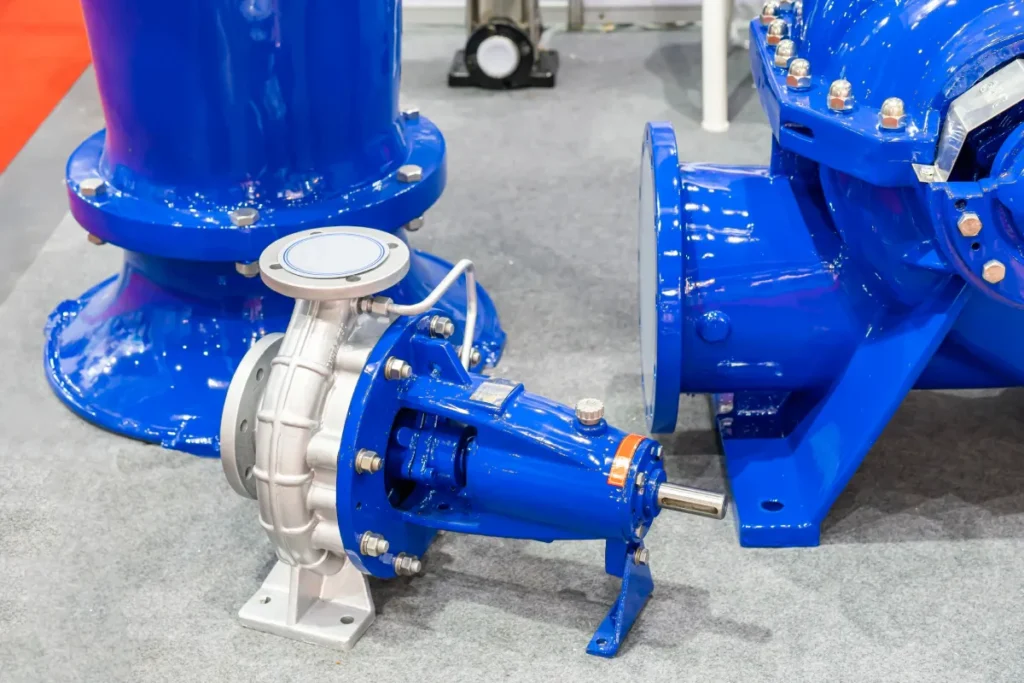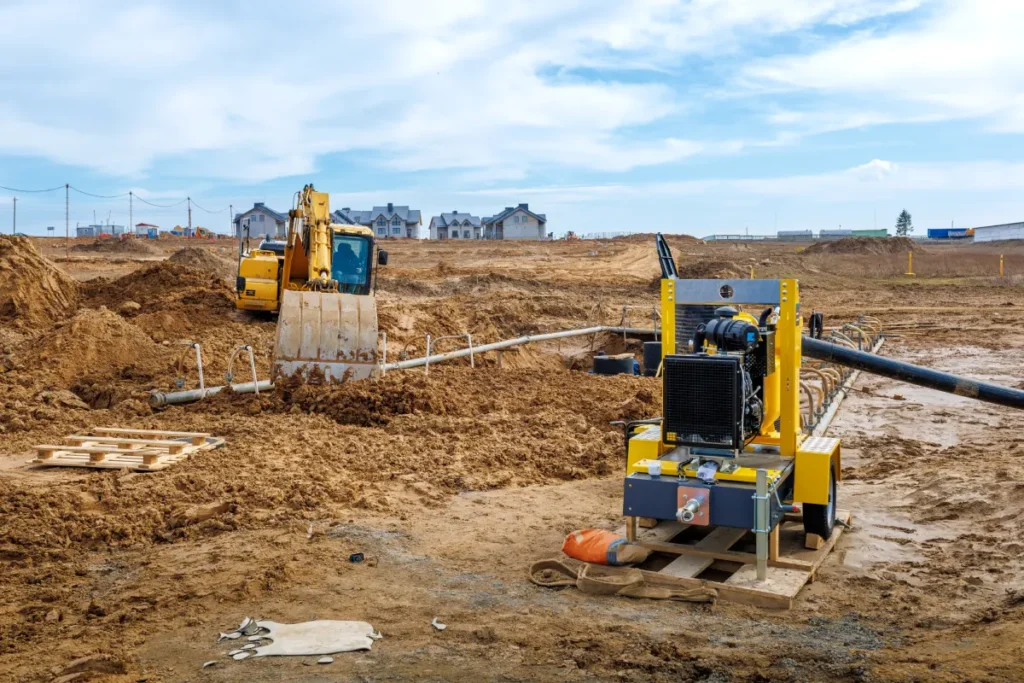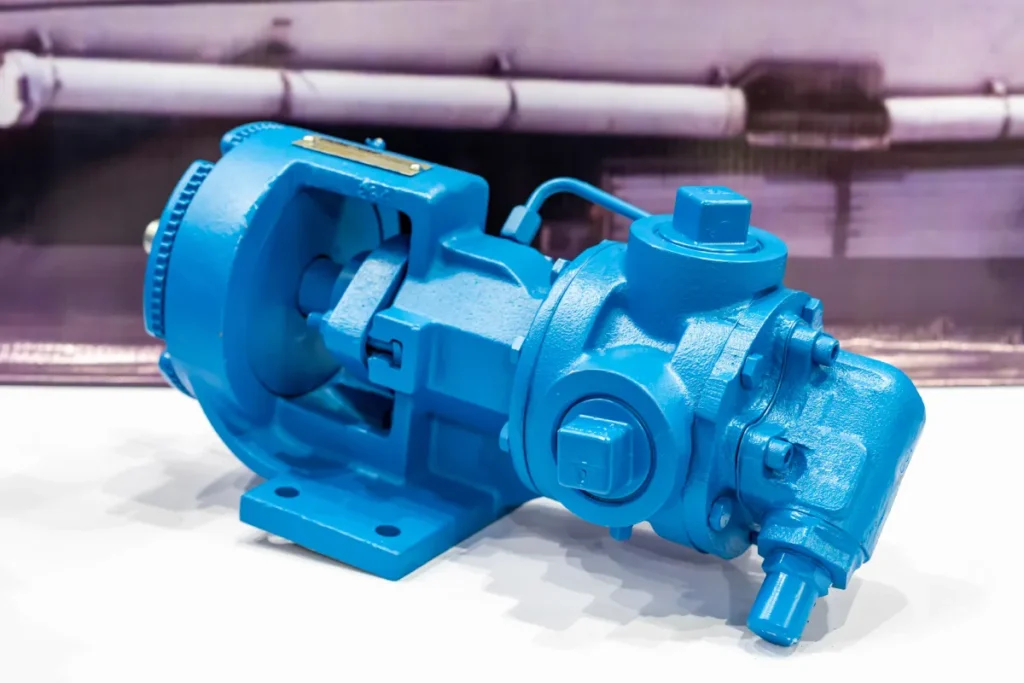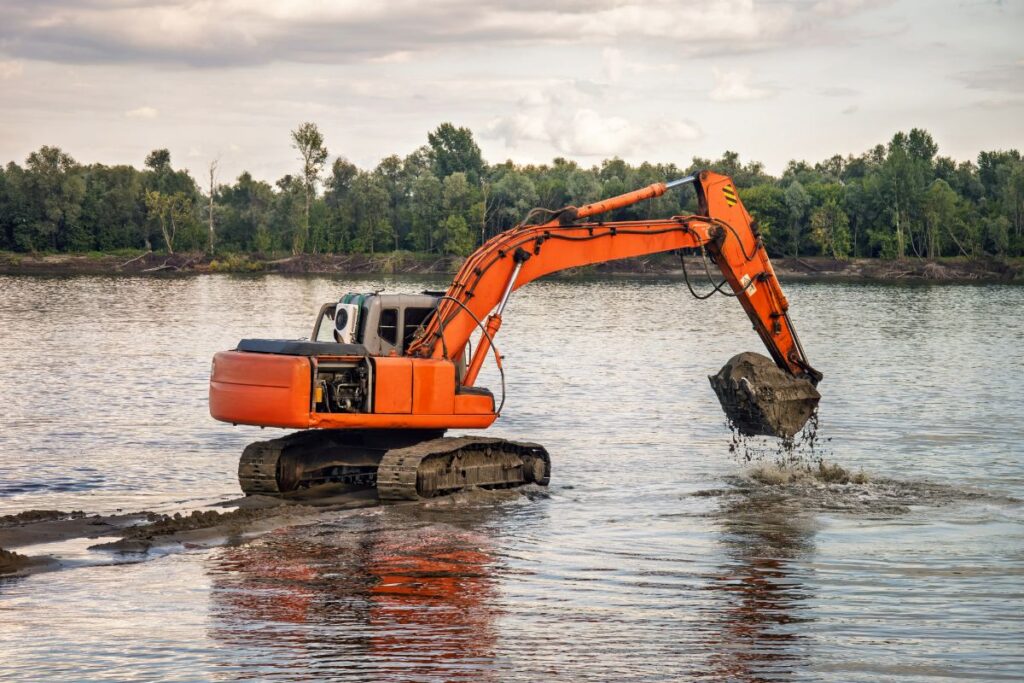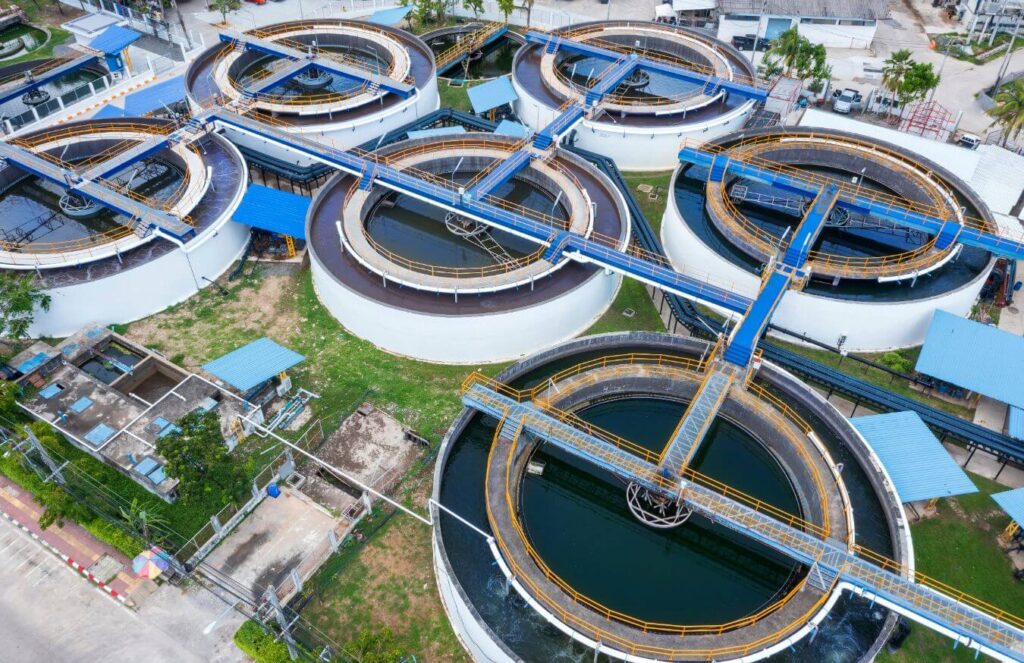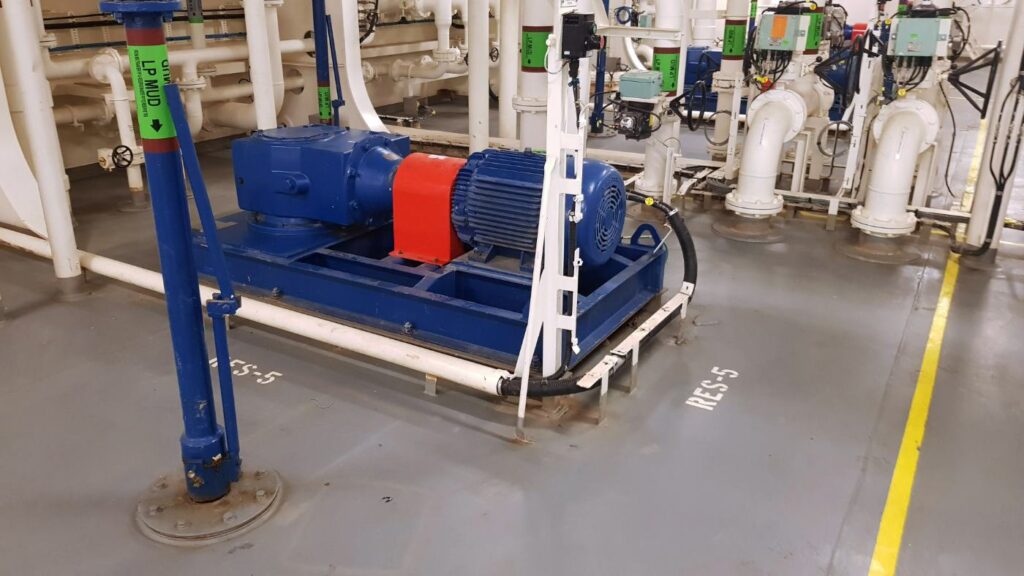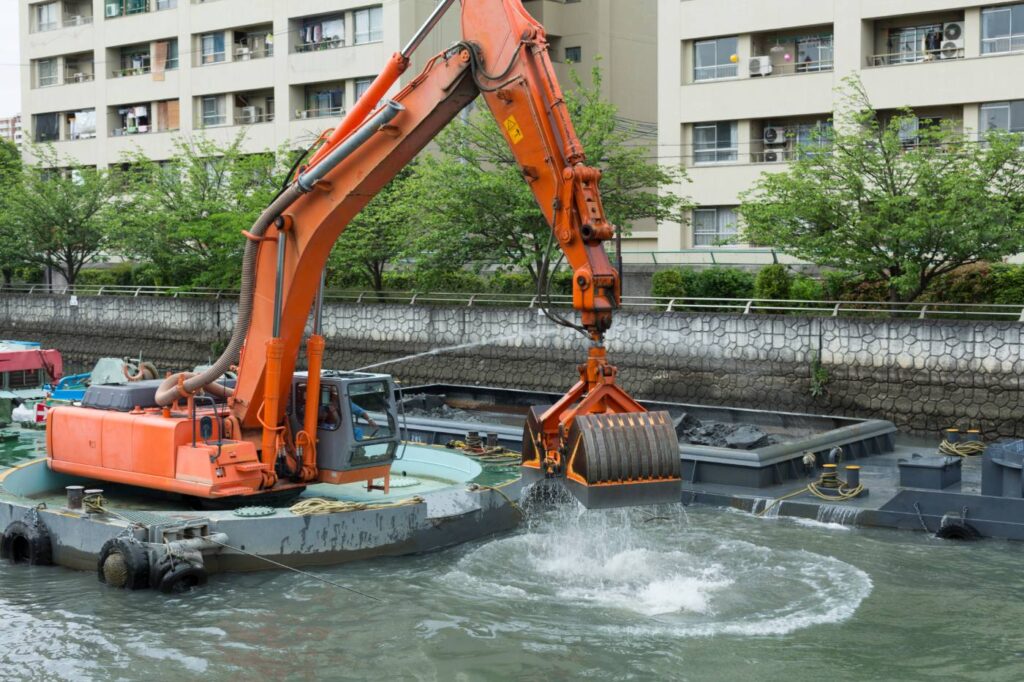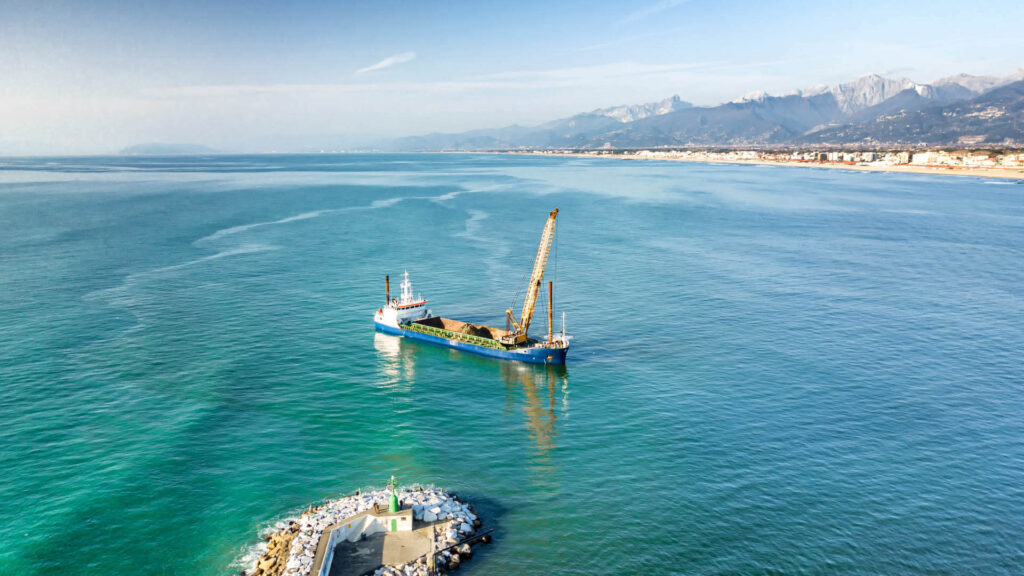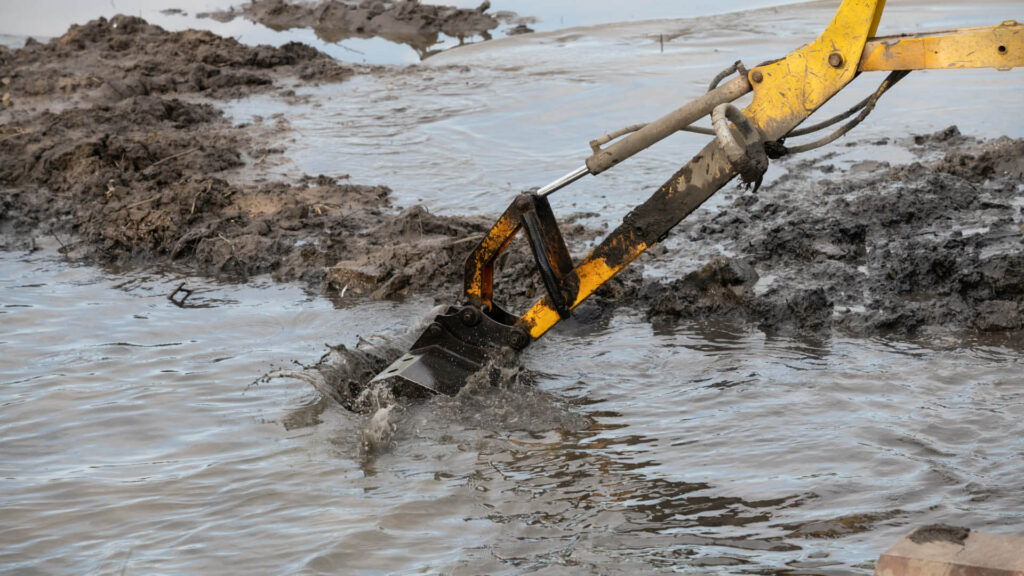Abrasive Slurry Pumps Explained: Design, Working Principle, and Key Applications
Abrasive slurry pump systems are specifically engineered to tackle one of the toughest industrial challenges: handling abrasive, highly viscous mixtures in demanding environments such as mining, dredging, and oil and gas. These operations frequently transport fluids containing sand, silt, mineral particles, or chemical residues, materials that can quickly degrade conventional pumps, reduce flow efficiency, and cause repeated equipment failures. Constant exposure to solid-laden fluids under high pressure and velocity accelerates wear on impellers, casings, and seals, leading to costly downtime, higher maintenance requirements, and operational disruptions. This is where the abrasive slurry pump proves indispensable. Designed specifically for the controlled movement of solid-laden fluids, it uses advanced materials and a centrifugal mechanism to maintain consistent flow even under high abrasion and viscosity. Unlike conventional units, abrasive slurry pumps feature reinforced casings, wear-resistant liners, and optimized impeller geometries, ensuring longer service life and reduced energy consumption. At Mazowe Dredge, this engineering principle translates into practical field reliability. Our range of self-priming dewatering and slurry handling systems is built to perform in harsh, real-world environments, where uptime, efficiency, and lifecycle value define success. Each anti-abrasive sand slurry pump is precision-engineered to minimize wear, maintain consistent discharge pressure, and withstand prolonged exposure to abrasive media, making it a trusted choice for industrial and government clients seeking long-term, low-maintenance performance. Understanding Abrasive Slurry Pumps What Makes a Pump “Abrasive Slurry-Ready” Equipment that can tolerate severe wear is necessary for industrial operations that handle mixes with high solid concentrations, such as sand, ore, silt, or cement. For this reason, abrasive slurry pumps are particularly designed. These pumps are made of wear-resistant materials such as high-chrome alloys, rubber linings, or ceramics, unlike conventional centrifugal pumps, which are usually designed for clean or slightly polluted fluids. To minimize erosion and maintain consistent hydraulic efficiency over long operating cycles, their internal geometry—including impeller design and volute shape—is tuned to reduce turbulence and particle impact. Even minor design flaws can lead to early failure in highly erosive environments such as dredging, mineral transport, or silt removal. The anti-abrasive sand slurry pump is necessary in this situation. It is designed to withstand the abrasive nature of sand and silt without experiencing substantial pressure or performance loss, thanks to its reinforced casings, interchangeable liners, and adjustable clearances. Because of these design factors, abrasive slurry pumps are the best option for activities where ongoing production depends on longevity, predictable wear rates, and little maintenance intervention. Why They Matter in Industrial Operations Pump reliability directly impacts operating costs and project deadlines for businesses that depend on uptime and output consistency. One unplanned pump-wear-related closure could stop production, disrupt logistics, and increase maintenance costs. The anti-abrasive sand slurry pump reduces these dangers by using innovative materials and design features, providing steady flow rates and reduced component wear even while operating continuously. Procurement heads and engineering managers value abrasive slurry pumps not only for their mechanical resilience but also for their impact on return on investment. Their longer service intervals, predictable maintenance schedules, and reduced energy losses translate into measurable savings over the equipment lifecycle. In public works, dredging, and municipal infrastructure projects, this credibility ensures consistent service delivery and cost efficiency, making the anti-abrasive sand slurry pump a high-quality, well-planned investment rather than a mere operational tool. Working Principle: How Abrasive Slurry Pumps Deliver Reliable Flow To move a fluid containing solid particles, the abrasive slurry pump uses the centrifugal pumping principle, which converts mechanical energy from the impeller into kinetic and pressure energy. The slurry is directed toward the impeller eye when it enters the pump from the input. The mixture is given velocity by the revolving impeller, which uses centrifugal force to push it outward. As the slurry reaches the volute casing, its velocity is converted to pressure, allowing the pump to deliver the mixture at a higher pressure and flow rate. Even in thick or viscous slurries, this mechanism guarantees constant, highly effective transmission of abrasive materials. The flow path within an abrasive slurry pump follows a precise hydraulic design: inlet → impeller → volute → discharge. Each stage is engineered to minimize turbulence and prevent particle buildup that could disrupt flow. The volute shape and impeller vane angle are optimized to reduce backflow and maintain smooth discharge, even when handling high concentrations of sand or mineral solids. These pumps include several wear-control measures to ensure longevity under harsh operating conditions. As internal parts deteriorate over time, operators can maintain performance with adjustable impeller clearances. Anti-corrosive linings, such as high-chrome iron, rubber, or corrosion-resistant ceramic materials, are used to support the casing and flow passageways. Heavy-duty shaft seals and bearings, on the other hand, offer vital defense against slurry infiltration, preventing internal moving parts from failing too soon. In demanding field environments like dredging operations, mineral transport pipelines, or wastewater pits, the abrasive slurry pump demonstrates exceptional operational stability. The rugged design of the anti-abrasive sand slurry pump enables it to maintain consistent hydraulic efficiency even under harsh sediment and corrosive media conditions. By minimizing mechanical wear and maintaining pressure integrity, the anti-abrasive sand slurry pump ensures reliable, long-term performance where standard pumping systems would quickly degrade. Applications Across Key Industries Mining & Mineral Processing Productivity and operational continuity in mining operations are directly impacted by the capacity to transport abrasive combinations such as tailings, mineral ores, and slurry streams. These systems depend on abrasive slurry pumps, which offer steady flow at high densities while withstanding wear from coarse particles. Because of its durable structure and effective hydraulic design, fewer components need to be replaced, lowering maintenance costs and minimizing production disruptions. This dependability immediately translates into lower total cost of ownership and better equipment ROI for project managers and procurement directors. Dredging & Marine Operations Dredging projects demand continuous and stable performance in highly abrasive and variable environments. The anti abrasive sand slurry pump is engineered to manage sand, silt, and sediment removal efficiently, maintaining steady discharge pressure even when operating at different depths or in fluctuating particle concentrations.
Abrasive Slurry Pumps Explained: Design, Working Principle, and Key Applications Read More »

